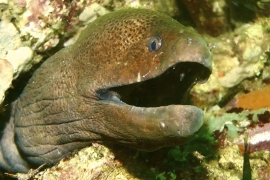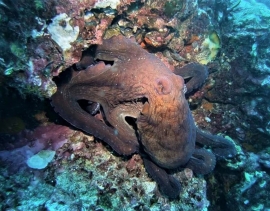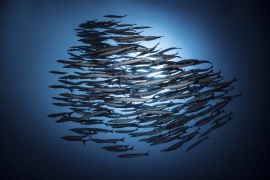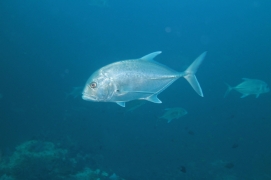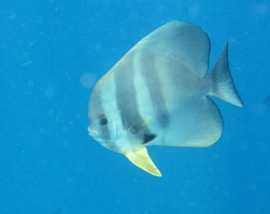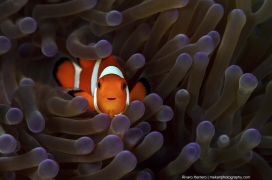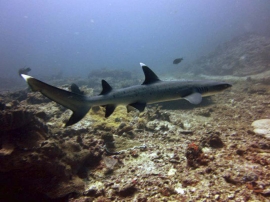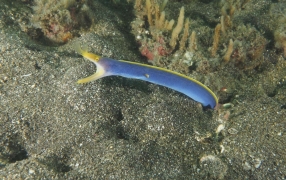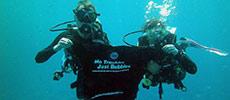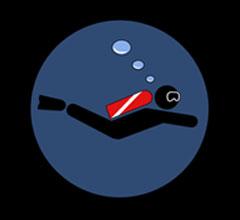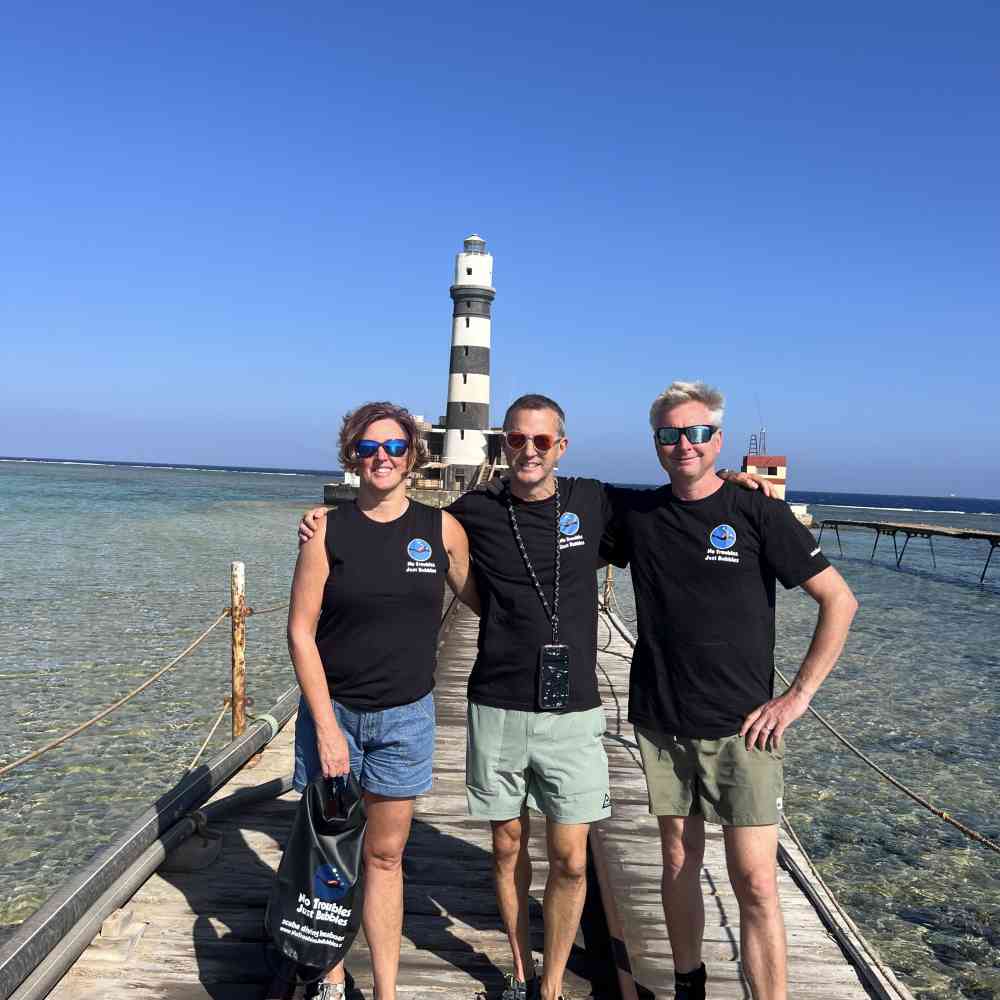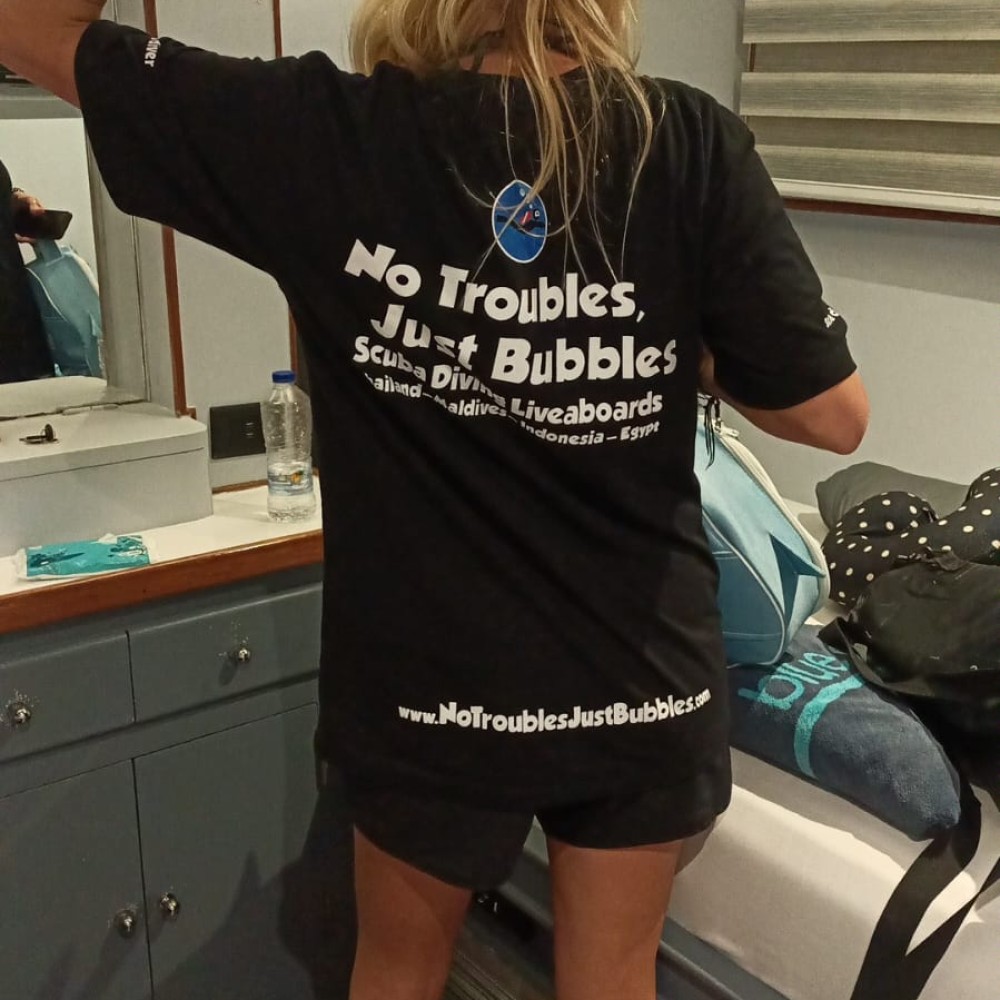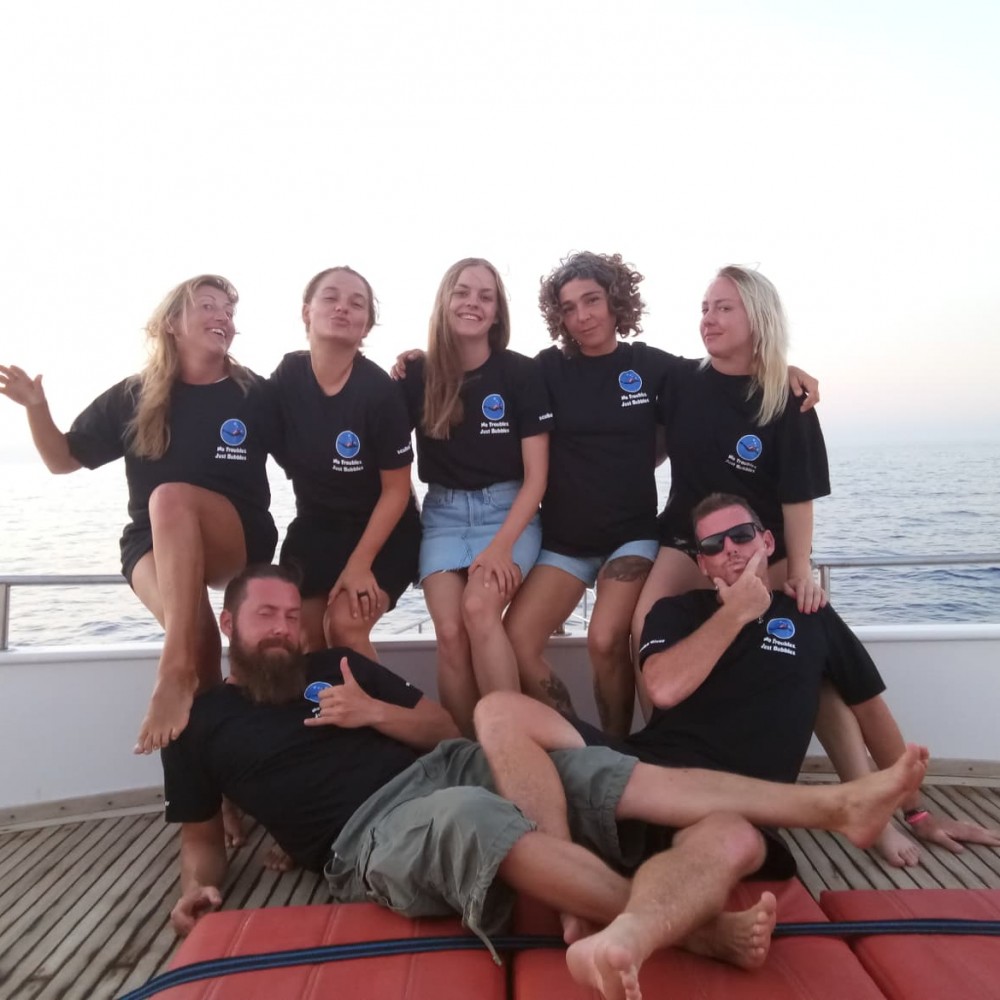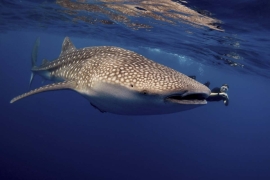
The Brothers Liveaboard Diving
The Brothers (known locally as El Akhawein) are two uninhabited rocky islets in Egypt’s Red Sea and regarded as the best diving location in the country. They’re also considered to be among the top dive destinations in the world. Big Brother is the larger island and has a Victorian lighthouse, Little Brother is just five minutes’ boat ride away. They are steep-sided cones, probably made from volcanic action thousands of years ago.
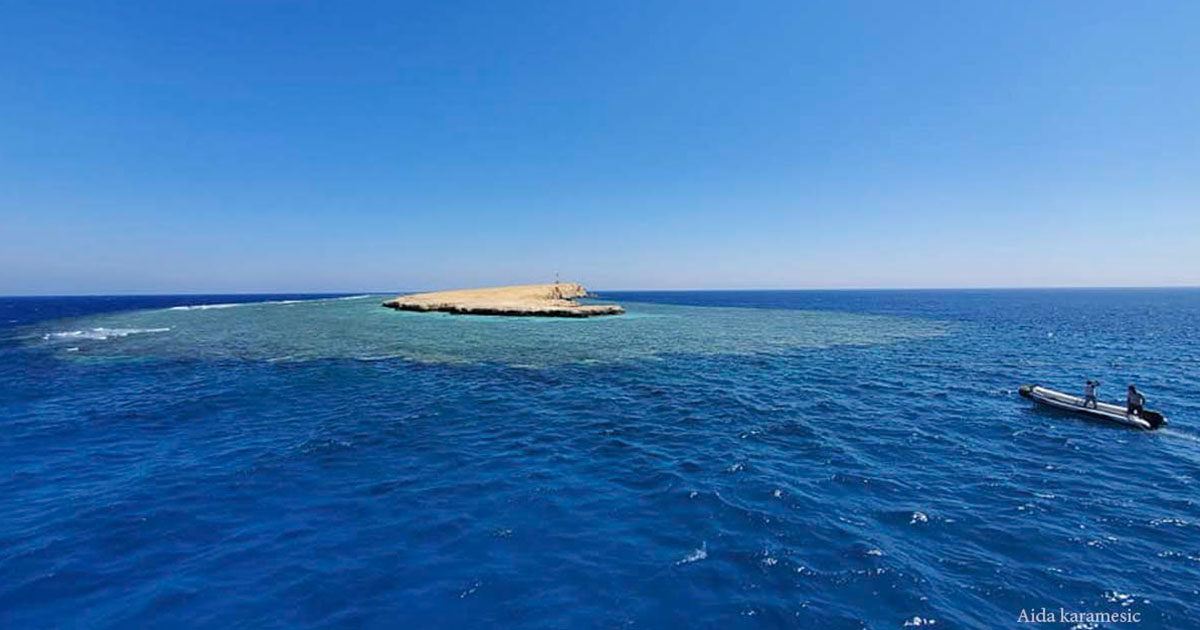
Both islands are home to a wonderful & healthy selection of hard & soft corals, and resident & pelagic marine life. The surrounding sea bed is very deep, and divers are able to descend to their maximum depth, depending on certification and experience. Even if ten or more liveaboard boats are here at the same time, there's still plenty of space for everyone to dive. Whether you want deep or shallow, drift diving, walls, wrecks, critters or sharks, you can find it all here. The currents normally flow from the north to the south, and can be strong at times. Several species of pelagic and reef sharks can be seen here, and most divers come in the hope of Hammerheads or Oceanic Whitetips (Carcharhinus longimanus).
Due to the remote location, it's only possible to visit on a Red Sea liveaboard diving safari, and the sea's surface can be rough at times. Occasionally, the local authorities may close the area if the weather forecast is extreme. Being part of a protected national park, night diving is forbidden here, and would be dangerous anyway because of the potential currents and location. Instead, you can hope for up to four day-time dives. But with less time to get all the dives completed and with the potential depths, it's important to dive strictly to a safe plan and keep an eye on your computer, especially late in the day.
Little Brother is in the shape of a teardrop if viewed from above, with its narrower part facing north west. On this northwestern point there's a deep plateau, which is an excellent place to look out for visiting sharks. Both sides of Little Brother are near-vertical walls covered in healthy hard & soft corals, sea fans and anemones. There's plenty of life all over the place, including macro species hiding, large shoals of fish swimming near the reef, and the visiting pelagics. Although the smaller of the islands, Little Brother makes up for its lack of size with its amazing colours and densly-populated walls and plateaus.
Big Brother covers a lot more area, and because of its size more ships have hit it by accident, even though there's an active lighthouse. It's located just one mile (1.6km) to the north west of Littel Brother. This island is approximately twice the size of Little Brother and is home to even more fish. Due to its size, and the wide range of diving on offer, it's easily possible to spend all day at Big Brother alone and still not see everything. This is especially so given the potential currents that make most dives here drift dives along the walls or plateaus.
Big Brother has two intact wrecks, which are at depths of 10-80m on the western & northern sides. Aida was a 75-metre--long Italian troop–transporting ship that sank in 1957 and sits at a depth of 15-45 metres on Big Brother's western side. Numidia was a 130-metre-long British cargo ship that sank in 1901 on its way from England to India. All of the crew were rescued safely, after the captain ordered them to abandon ship. Numidia sank very slowly, over a period of several weeks while its cargo was offloaded. It lies on a very steep slope at the northern edge of Big Brother, with its keel wedged in the reef at a depth of approximately 85 metres. The shallowest part of the wreck is the bow, at a depth of 10 metres. Due to its size and the way it lies, it's possible to do two or more dives at Numidia in one day and still want more.
The remote location, depths, potential currents and surface conditions mean that these dive sites are only suitable for advanced and experienced divers, and only visited by Egypt liveaboard diving boats. It's much too far for day-trip diving boats to reach. Although technically possible to visit all year round, June to September is the best time. And the pelagic sharks that these islands are famous for tend to start showing up from May for the summer months. The islands are far from the mainland and any other dive sites, meaning that when your boat visits it will stay for at least the whole day. However, this is no problem because there are more than enough separate dive sites never to get bored, and to accommodate several boats at the same time. But dropping anchor is forbidden here, so boats have to use the permanent mooring buoys. Most liveaboard boats tend to gather at the southern edge on the western side. Here they can get some shelter from surface currents and pick up their divers.
Conditions at The Brothers
When to dive at The Brothers
The months from May - September are best for diving and for sharks, but it’s possible to dive there all year. The limiting factors are surface conditions from October to April.
What type of dive site is The Brothers
The Brothers are two uninhabited islets, one of which has a lighthouse. The islets are conical wall reefs, and there are two intact wrecks on Big Brother’s north and west sides.
Where is The Brothers?
The Brothers Islands are in the northern area of The Red Sea, halfway between Hurghada and Marsa Alam. They are 50km from Egypt's east coast, at a point where The Red Sea is 200km wide between Egypt & Saudi Arabia.
How to get to The Brothers
Diving at The Brothers is only possible by liveaboard boat, due to the remote location far from land and from any other dive sites. Luckily, there are several dive spots within The Brothers, including two wrecks at Big Brother. It’s reachable from Hurghada, Port Ghalib, Marsa Alam, Shram El-Sheikh, & El Quseir.
Who can dive at The Brothers
Advanced divers with 50 or more logged dives. Although less-experienced and Open Water divers can technically dive here, all other divers on any liveaboard trip will be certified to 30m. or more and have experience. Therefore, it's necessary for buddy groups that everyone is of a similar level.
What marine life can you see at The Brothers?
You can expect to see almost anything at The Brothers, including plenty of different requiem shark species. Our list is just a selection of what might show up at these awesome dive sites.
Summary of The Brothers
The Brothers are the premium diving area in The Red Sea. The location is far from land, and in a national marine park. Therefore, it's only reachable by Egypt liveaboard diving safari. Also, night diving is forbidden in the national marine parks, so you should make the most of 3 or 4 day dives. The location and surrounding deep water can make surface conditions and currents an issue, and boats have nowhere to shelter on windy days. Choose the best time, boat and itinerary and you will not be disappointed with this dive location.

